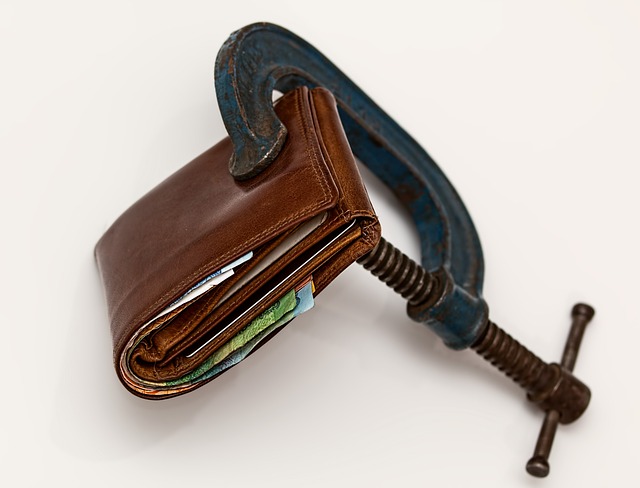
If you have been threatened by repossession of your possessions, it is time to think about filing for bankruptcy. Declaring personal bankruptcy can stop harassment from debt collection agencies and provide you with a fresh start for getting your finances on the right track. This article provides some helpful tips to help you get through the process.
Don’t look at bankruptcy as a first step. Look at all the other options you may have first. Avail yourself of other options, including consumer credit counseling, if they are appropriate for your situation. Bankruptcy permanently affects your credit, so avoid filing until you have exhausted all of your other options.
If filing bankruptcy is in your future, don’t waste any savings you may have attempting to pay off your debts. Unless there is no other choice a retirement account should not be used. You may need to use some of your savings; however, you should not use all of your savings. Remember that you must safeguard your future financial security.
It can be difficult to obtain unsecured credit once you have filed for bankruptcy. If you do, then try applying for a coupe of secured cards. Using a secured card not only helps to rebuild your credit, but it also keeps you from going more in debt with credit card bills. It will take time, but when creditors see a pattern that satisfies their need to see your good faith with payments, you will then be able to apply for unsecured cards.
Prior to filing for bankruptcy, discover which assets cannot be seized. The Bankruptcy Code provides a list of all the different kinds of assets that you can exclude. You can determine exactly which of your possessions are at risk by consulting this list before you file. It is important to know what types of possessions may be taken away before they actually are seized.
Learn all the latest laws before you file bankruptcy. The laws are constantly undergoing changes, so you must stay on top of them if you are going to file for personal bankruptcy correctly. Keep up with your current state’s laws and regulations to figure out what steps you should take.
Before filing a bankruptcy claim, make sure that your home is well protected. Losing your home is thought of as common in bankruptcy cases, but it is by no means inevitable. If your home value has gone down, or if there’s a second mortgage, you might be able to keep it. Otherwise, look into the homestead exemption which may allow you to stay in your home if you meet financial threshold requirements.
Chapter 13
You could see about filing for Chapter 13 personal bankruptcy. You are eligible to file Chapter 13 bankruptcy if your income is reliable and your unsecured debt does not exceed $250,000. Declaring bankruptcy can assist you in consolidating your debt so you can repay it more easily. Lasting anywhere from three to five years, this plan will allow you to be discharged from unsecured debt. Consider that if you even miss one payment, your case will not be considered by the court.
If you meet certain requirements, you may be able to get a lower monthly payment on your financed vehicle. Chapter 7 bankruptcy is one of the most common and effective. If you meet the criteria specific to your state, it may be a good option to consider.
Before you make the decision to file Chapter 7 personal bankruptcy, take time to think about anyone it could affect. When filing for Chapter 7, you won’t be responsible legally for debt signed by co-debtors and yourself. However, anyone sharing the loan with you may be forced to pay back the entire amount for the amount in full, which spell financial disaster for them.
It is possible to get an auto loan or mortgage during the repayment period for Chapter 13 bankruptcy. This is harder. You must meet with a trustee to gain approval for a new loan. Create a budget and prove that you will be able to afford it. Also, be sure you have a clear explanation as to why the item you are purchasing is absolutely necessary.
Pick the right time to file. Timing can be critical when it comes to personal bankruptcy cases. There are times when you should file as soon as you can, but in some other situations it may be best to wait for the worst to be over. Find out when the correct time is for you to file for bankruptcy from a bankruptcy legal professional.
Bankruptcy Process
Don’t put off handling the research or procedures for the bankruptcy process if that is the route you’re taking. Filing for bankruptcy is a hard decision to make but if you wait too long, your situation will get worse. Speaking with someone knowledgeable as soon as you can helps get you started on the bankruptcy process before your situation becomes any worse.
Bankruptcy should be your last resort. Keep in mind that many scam debt-consolidation services have sprung up since the increase in bankruptcies, so do your homework before choosing one. Remember the tips in this article so you can make the best financial choices and avoid future debt.


